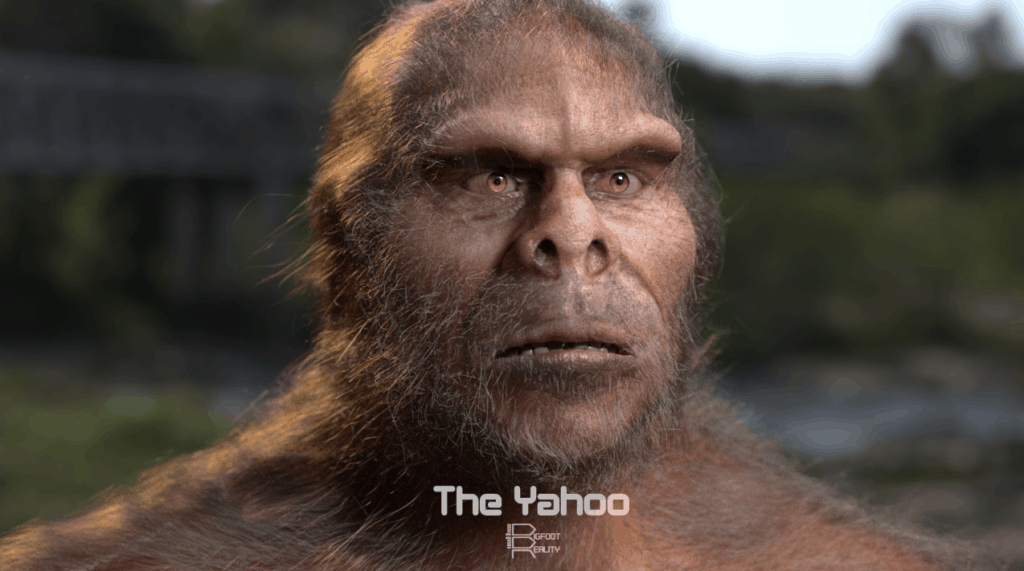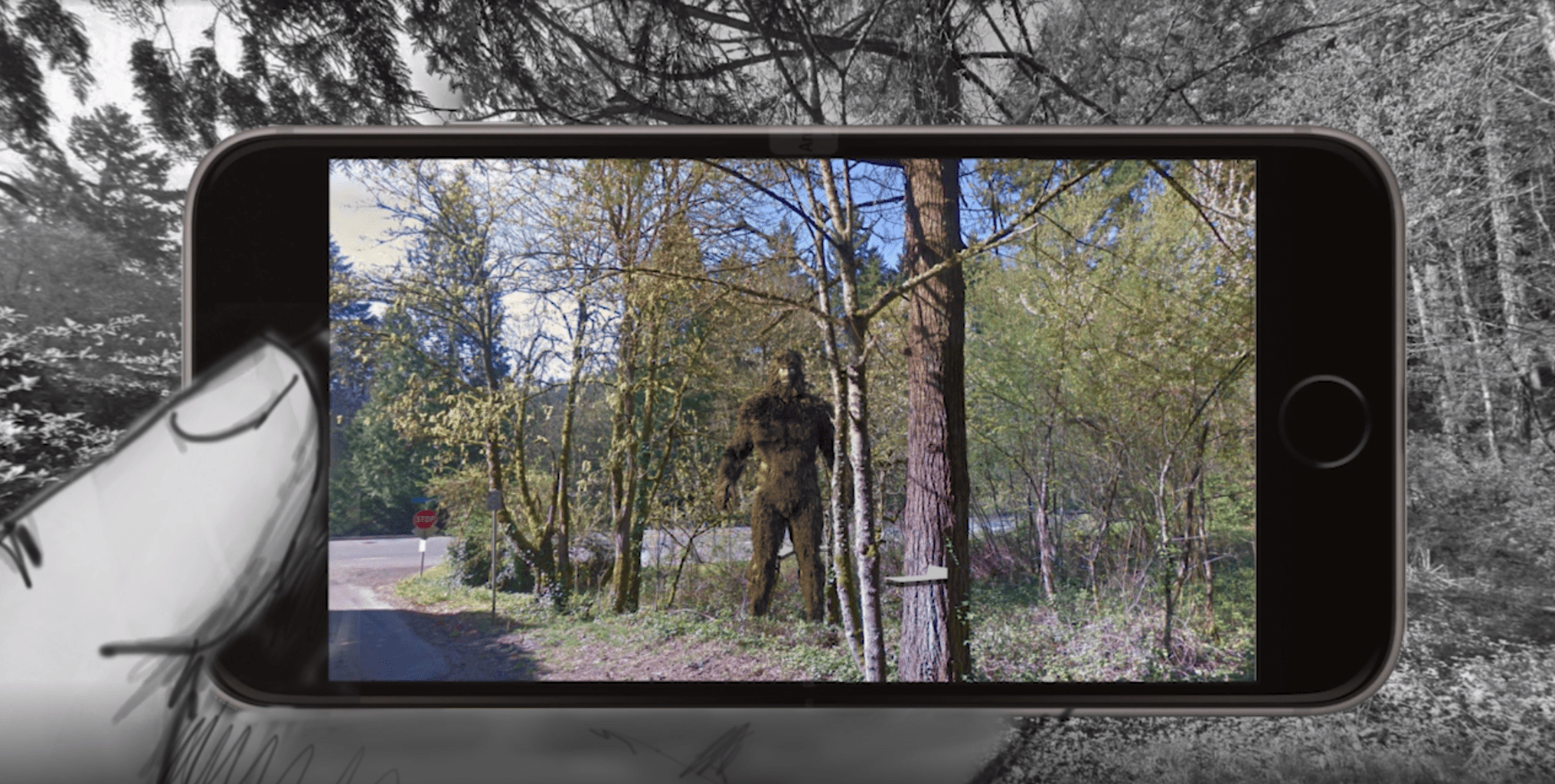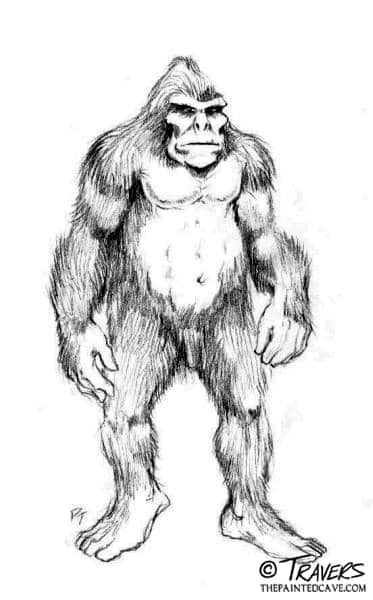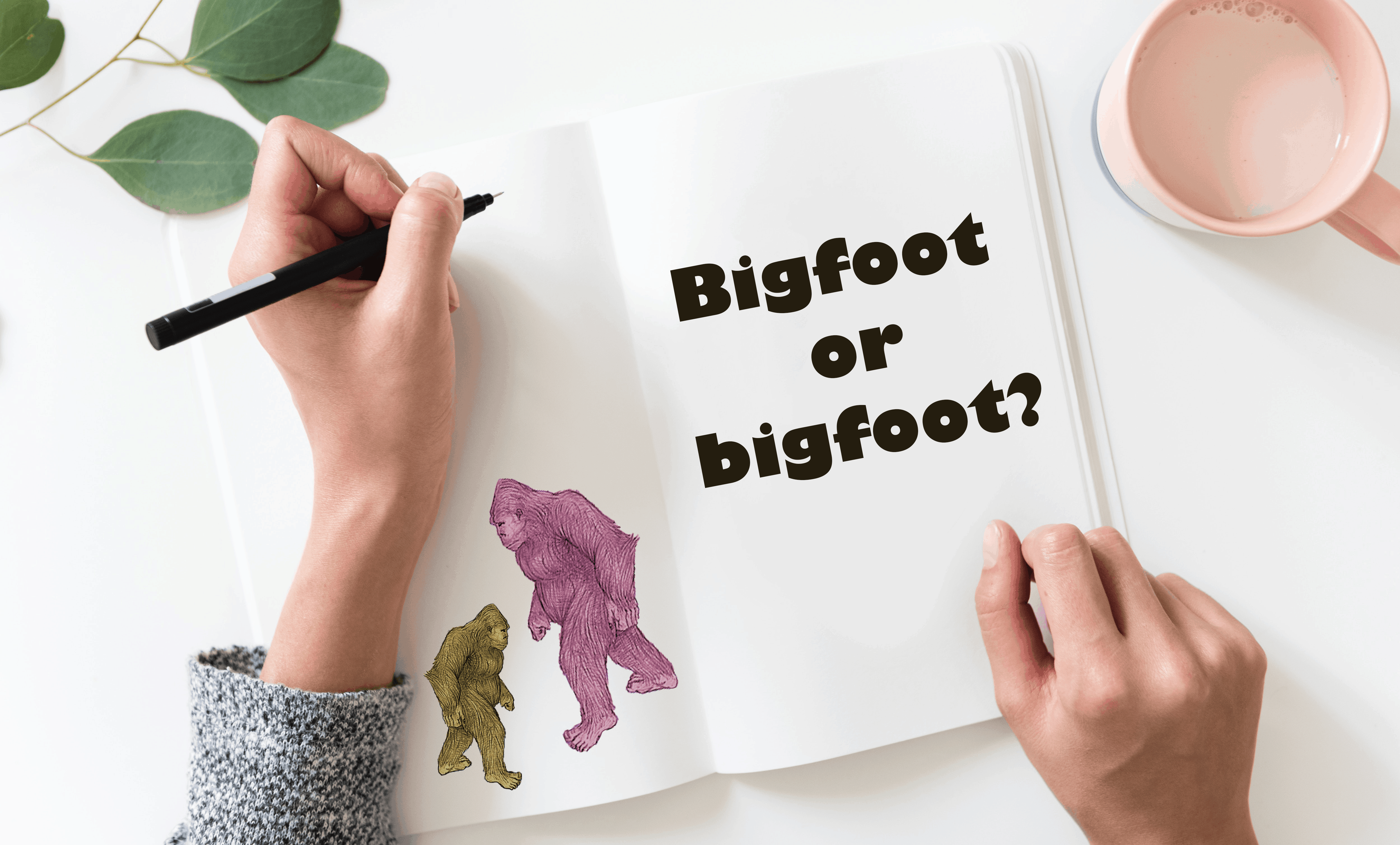Bigfoot Reality is a new augmented reality app that will allow people to finally capture totally undeniable footage of an authentic-looking Bigfoot—right down to the hair in its stinky, cavernous nostrils! Of course, it’ll be totally, undeniably fake, but, when has that ever stopped anyone from posting their Sasquatch videos online?
The way it works: You hold up your phone in certain locations around North America, and mere feet in front of you, you can be face to face with the mythological hominid species known as THE SASQUATCH.
The app will be equipped with a “Biome Map” that allows you to click on different parts of the U.S. and Canada to see which subspecies of Bigfoot are native to specific regions, and where you can go to find them. (If you’re in Texas, you’ll be hunting Harry Bill; in California, Sasquatch; in Chicago, Grassman.)
It’s kind of like Pokémon Go for Squatchin’—only way more advanced.
If your friends use the app, you can click on a menu option to recruit them for an expedition and go on a scavenger hunt for Sasquatch. When you find the beast, you can capture footage and images of it from different angles and compare shots, and you might even hear its screams, grunts, or wails, which will be sampled from legit Sasquatch field recordings.
Bigfoot Reality will work in tandem with the FLIR One thermal imager, so Sasquatch seekers can check for heat signatures of Bigfoot and their tracks; it will also integrate with the DJI Phantom 4 Camera Drone, so people can capture sightings of Bigfoot from high vantage points. Once users have had a sighting, for a fee, they can pay to get that Bigfoot 3D-printed and sent to them—engraved with the GPS coordinates of where the Bigfoot was seen, the subspecies type, and the call sign (a unique identifier showing where the data was transmitted from).
The app is the brainchild of Hollywood visual and digital effects supervisor Pete Travers and programmer Phil Brock, and is being produced in partnership with Matt Moneymaker of the Bigfoot Field Researchers Organization (BFRO).
On the surface, the app is quasi-educational. It teaches users about Bigfoot lore and is a fun way to satisfy the general public’s curiosity about Sasquatch without demanding too much of their commitment.
“We live in this world now where everybody is moving a million miles an hour and everything has to be convenient,” Travers says. “We wanted to create something where somebody doesn’t have to go on a three-month trek into the Sierra Nevadas to use the app [and look for Sasquatch].”
On a deeper level, however, the app may prove useful for more than just entertainment, Travers says, and could become a crucial tool for serious “Bigfooters” (those who earnestly search for Sasquatch) when they have encounters in the field.

Before Bigfoot Reality, Travers started a labor of love called The Bigfoot Sketch Project, where he drew over 50 sketches of hominid creatures based on the written and verbal accounts of those who claimed to have had encounters. He was essentially a police sketch artist for Sasquatch seekers, and the drawings from that project have informed the realistic, 3D creatures you see in the app.
The app could prove useful for serious researchers because it would automate the sketching process and turn it up to 11, Travers explains, so that those who have had encounters can create a CG image of the creature in real time, immediately after a sighting, while the memories are still fresh.
The app will have a series of eyes, noses, mouths, and other physical features that can be dragged and dropped to assemble whatever creature the user has encountered.
“A [Bigfoot] investigator can be talking to an eye-witness, and on their phones, they could put together a version of a Bigfoot visually using the tool,” Travers explains. “You can build your own Bigfoot. BYOB.”
I’ve seen the 3D images that Travers has created, and they look pretty damn convincing—right down to the hair follicles, wrinkles, glassy eyes and chapped lips.

I wondered if Travers is worried about people using the app to spread more misinformation about Bigfoot sightings. After all, most video and photographic “evidence” of Bigfoot looks pretty bogus. My 87-year-old grandma has taken clearer shots on a 2002 Nokia than a lot of these jokesters have taken on a 4k handheld—yet some still accept the images and videos as legitimate.
Bigfoot Reality could just be a new tool for hoaxers to exploit.
“Could it further the myth? Further the lie? Yeah, but I’ll tell you right now, there’s no way that you can stop it,” Travers says.
Bigfoot is like a religion, according to Trravers, and like other modern religions of the world, it started with the desire to believe and then people filled in details to suit that desire.
The hoaxes will continue with or without the help of this new app, Travers says, and people will believe those hoaxes.
Of course, he’s not saying that Bigfooters are more gullible than anyone else—that they’re the only ones known to accept falsehoods to support their worldview. In fact, Travers says, misinformation is rampant across myriad groups organized around belief.
“Okay, so everybody thinks Bigfoot is absurd. But we as humans evolved from apes. So what’s more plausible? Having this hairy hominid that’s still hanging out in the remote recesses of the planet, or that there was this Jewish carpenter from about 2,000 years ago who happens to be the son of God?” he says. “A lot of people may take offense to that, but in my opinion, we all have our own Bigfoot—so to speak.”
Travers isn’t a believer himself, but he’s not a total Bigfoot atheist. He has interacted with a lot of people who claim to have had encounters, and to him, many seem trustworthy.
“Honestly, for me, the most credible thing about the Bigfoot phenomenon is the eyewitnesses,” Travers says. “I’ll be on the phone with them for an hour and they seem like the most genuine people, and I know that they believe they saw something. Otherwise, they’re the greatest liars in the world.”
Travers has also had his share of encounters with bullshitters, however.
“Over the years, almost immediately, I could tell if someone was making something up, or if they genuinely believed that they saw something. It’s pretty easy to tell, actually,” Travers says.
Those accounts that seemed questionable generally veered toward describing Patty, the Sasquatch in the famous Patterson-Gimlin film shot in Northern California in 1967 (considered by some to be the strongest visual evidence of Bigfoot to date).
If someone is obviously just describing Patty because they’ve seen the film, Travers says, it can be frustrating, but he sketches Bigfoot for them anyway.
“I stay the course and I just do the sketch, and usually when I know it’s bullshit, I might wrap it up a little quicker,” Travers says. But he doesn’t call them on it. “I’m not interested in pissing people off.”
Overall, the app isn’t about proving Bigfoot’s existence, Travers says, it’s about having a new way to celebrate the Bigfoot phenomenon in pop culture and have a good time.
“I believe [the existence of Bigfoot] is possible not probable,” Travers says. “But as a merchandising entity, Bigfoot is 100 percent real.”
Word.
The app will be released in late 2019.





